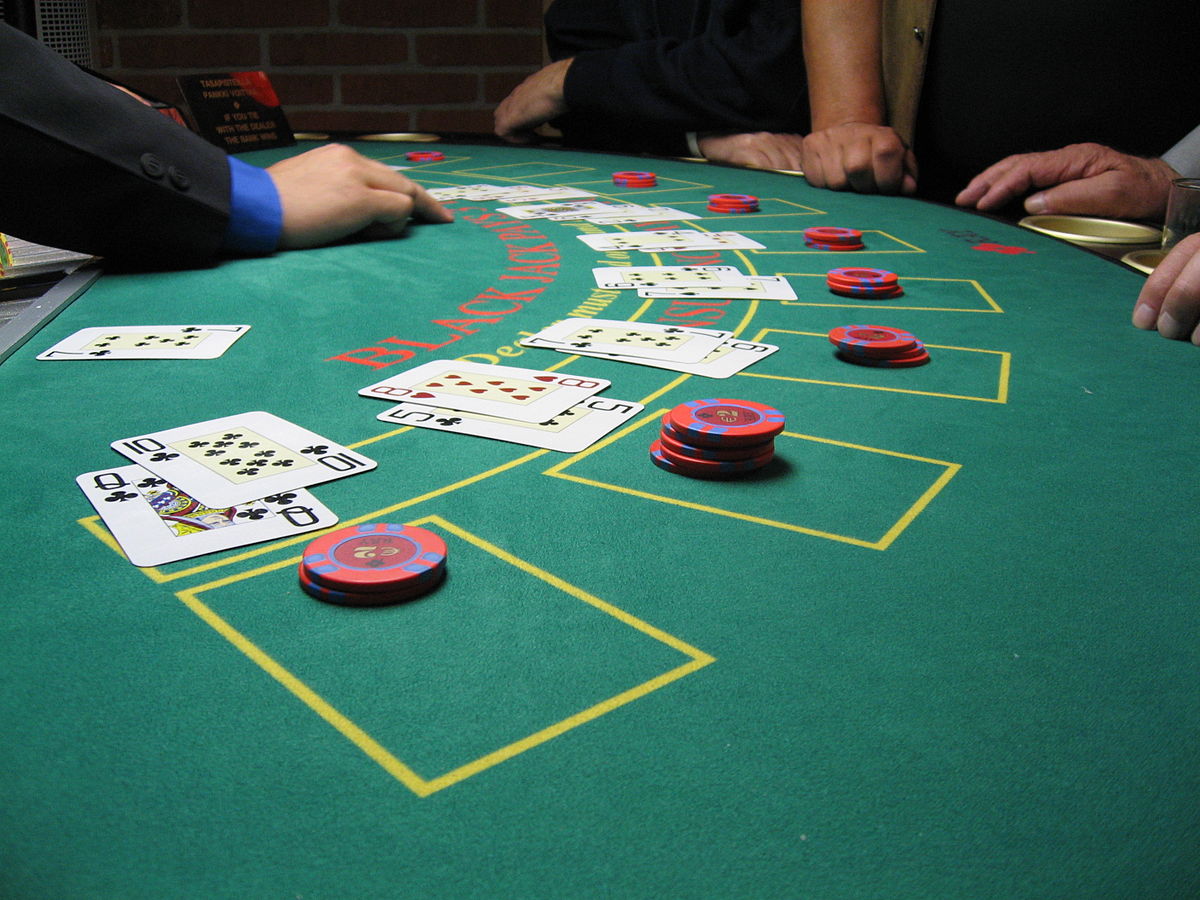

1. Spanish & French Origins (1600s)
-
Spain: A game called "Veintiuna" (Spanish for 21) is mentioned in a 1601–1602 novel by Miguel de Cervantes (author of Don Quixote). The game had similar rules to modern Blackjack — the goal was to reach 21 without going over.
-
France: Around the same time, a popular game called "Vingt-et-Un" (also meaning 21) was played at French casinos. This version added gambling and betting elements and introduced early versions of hitting and standing.
2. Spread to North America
-
French colonists likely brought Vingt-et-Un to North America in the 1700s–1800s, where it evolved into what we now call Blackjack.
-
In the early American version, the game wasn’t especially popular at first. To attract players, casinos offered a special bonus payout: if a player had the Ace of Spades plus a black jack (either Jack of Spades or Jack of Clubs), they received a 10-to-1 payout.
🔹 This "black jack" hand is how the game got its modern name — Blackjack — even though the special bonus no longer exists.
3. Modern Blackjack
-
The game gained huge popularity in the U.S., and standardized rules began to appear in the 20th century.
-
In the 1950s and beyond, mathematicians and gamblers like Edward O. Thorp studied the game, leading to the development of card counting, which further influenced its cultural and strategic evolution.